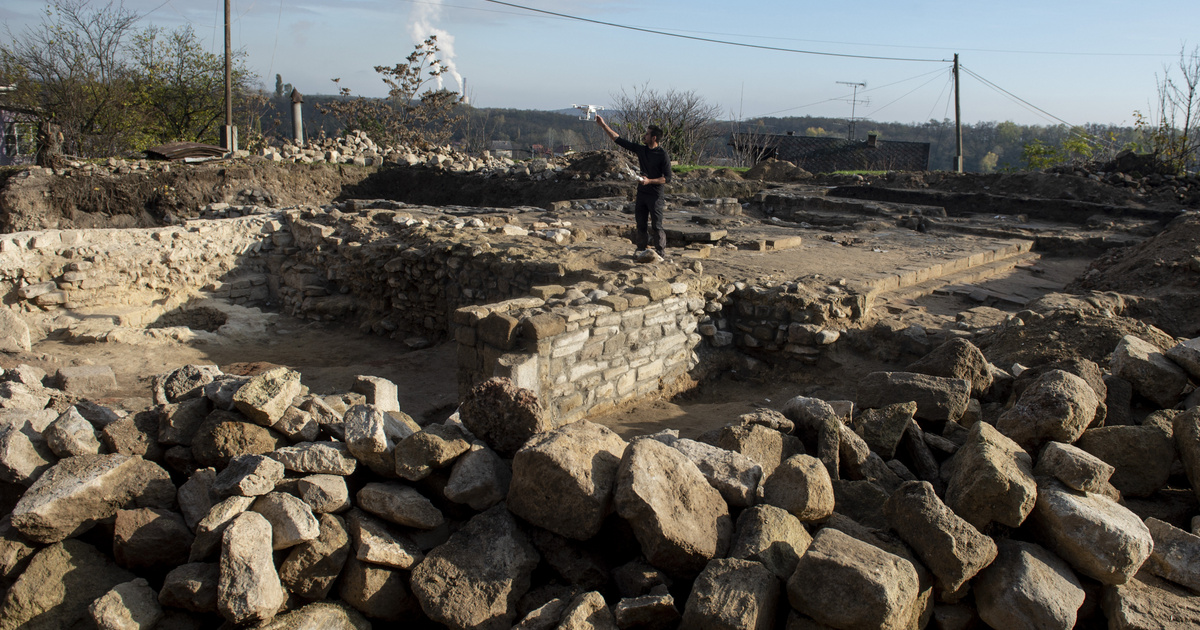Archaeologists at the Ferenc Mora Museum are excavating part of the medieval heart of Szeged while rebuilding and excavating a monument in the city center. Artifacts from the Árpádian period through the 20th century have been found, the MTI Museum reported in a statement Thursday.
Archaeologists made discoveries of urban historical significance during excavations:
They came across a ridge of medieval ramparts and an associated row of wooden piles in very good condition.
It is very rare to find such healthy wood, so a series of samples are sent for private acquaintance.
From the Árpádian period to the 20th century, artefacts, various objects and building remains were found during excavations. For example, a rich ceramic material from the Turkish era, gilded glass from the 18th century, a perfectly intact spear and wood-clad brass binoculars from the early 20th century.
The statement pointed out that the entire Palanque area was reconstructed and rebuilt after the Great Flood of 1879, so excavations in the medieval downtown area are very rare.
The KÉSZ Group is currently renovating the mega houses in the center of Szeged, Oroszlán Street. In coordination with the works, archaeologists at the Ferenc Mora Museum are conducting archaeological excavations in the Krebs and Burger houses, which belonged to the former city center of Szeged, Palanc. Restorations began in the spring of 2021 and are expected to continue until the spring of 2023.












































